The temple complex of Karnak, commonly shortened to ‘Karnak’, contains a vast mix of ruined temples, pylons, chapels, and other buildings.
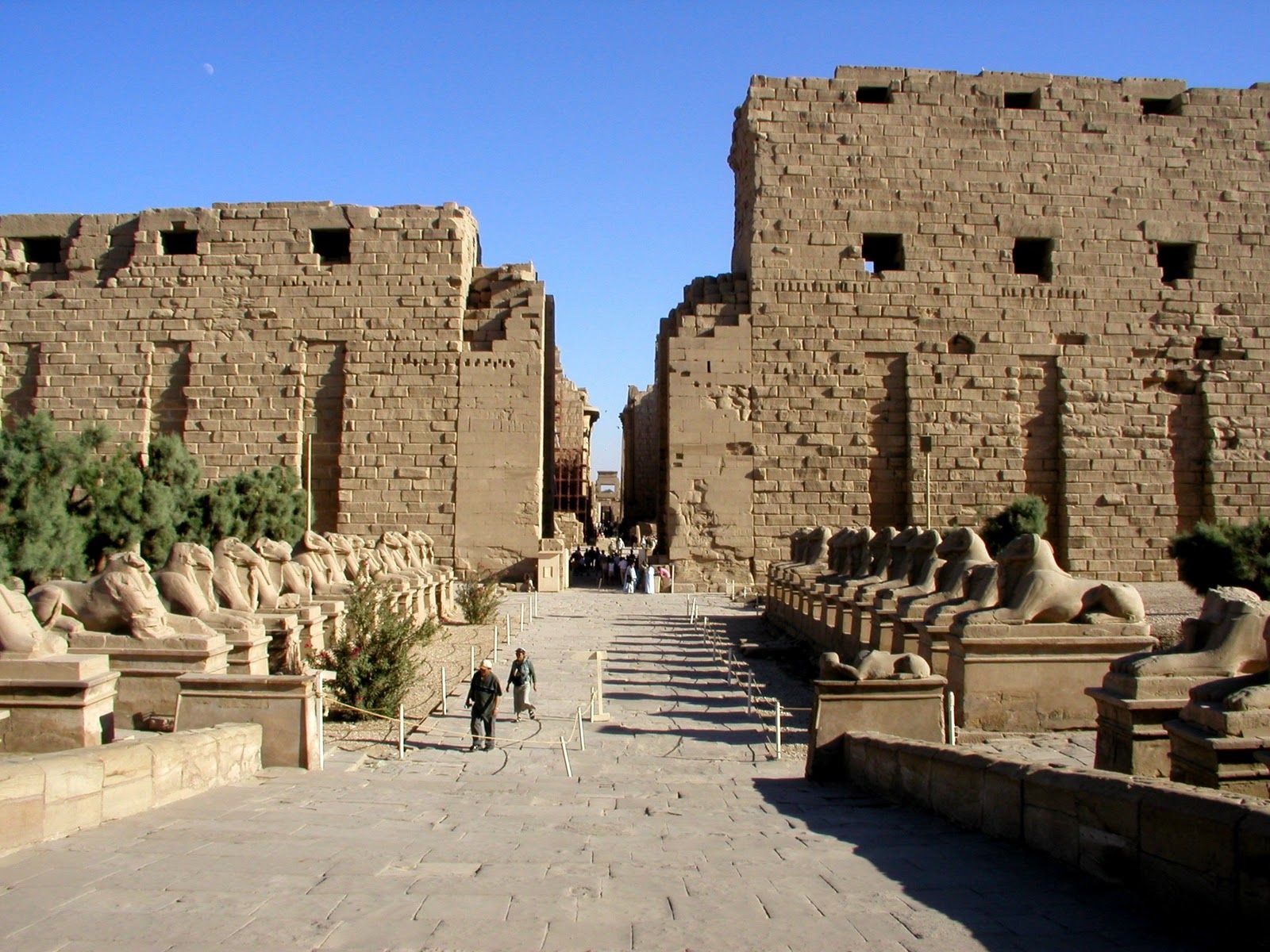
The building of the complex began in the Middle Kingdom during the reign of Senusret I, and continued into the Ptolemaic period. However most of the extant buildings date from the New Kingdom.
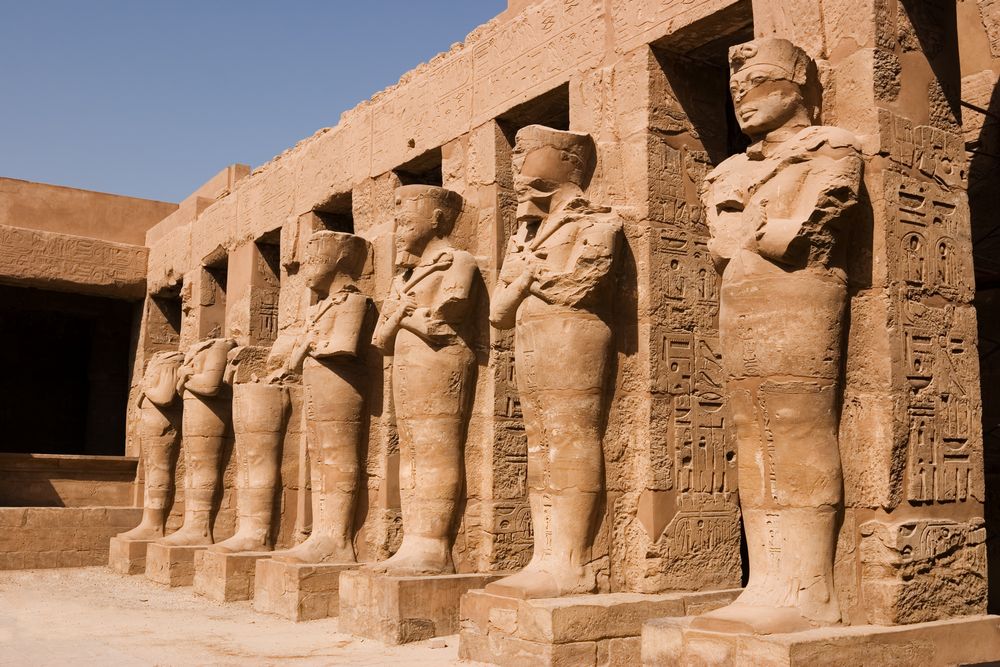
The ancient Egyptian lpet-isut, “The Most Selected of Places” was the area around Karnak which was dedicated to the god Amun, and the main place of worship of the eighteenth dynasty Theban Triad. The complex gives its name to the nearby modern village of El-Karnak which is part of the city of Thebes and according to Norman Lockyer, a high-precision ancient observatory.
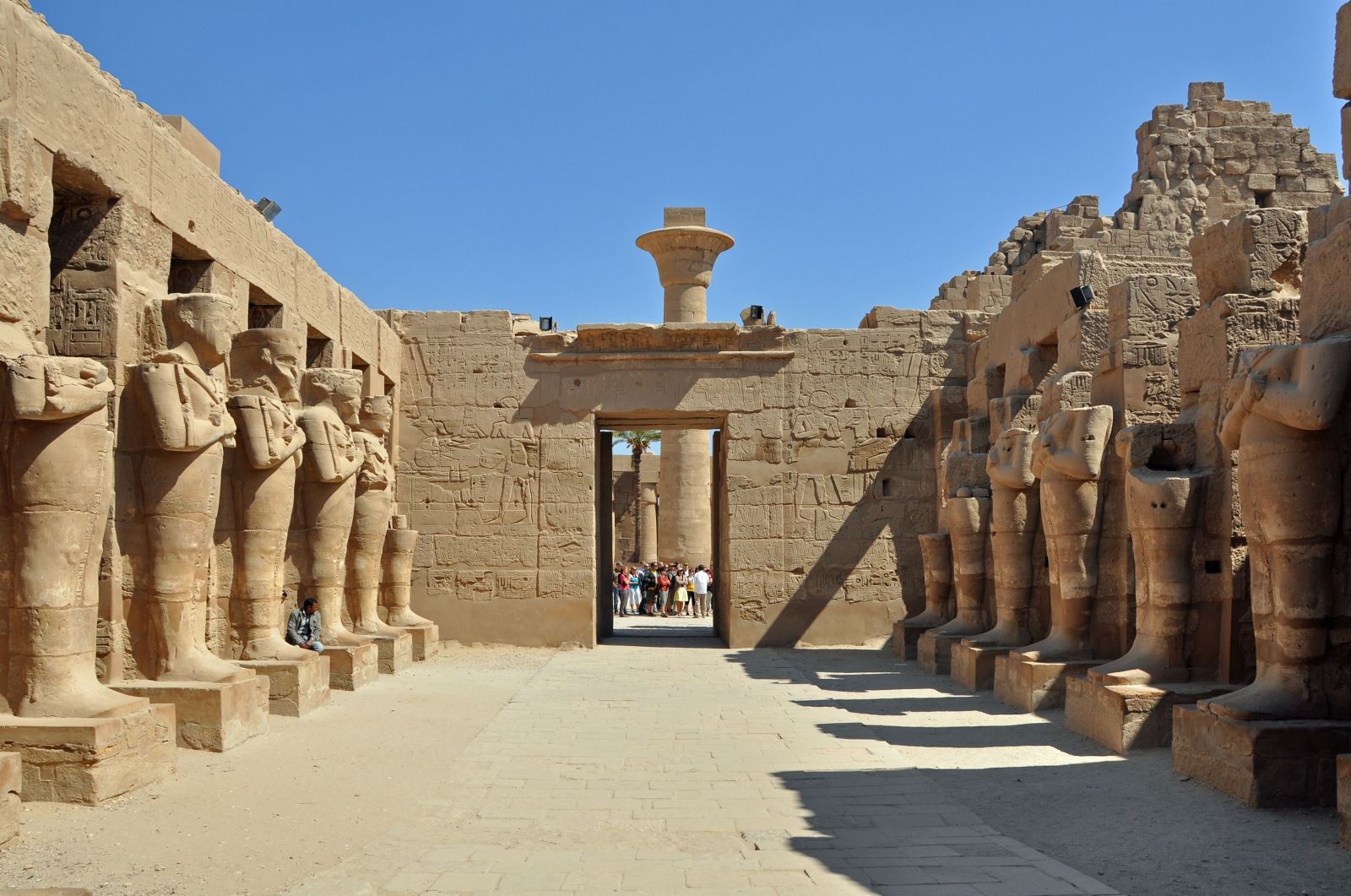
It is the second largest ancient religious site in the world, after Angkor Wat Temple in Cambodia, and the second most visited historical site in Egypt after the Giza Pyramids near Cairo.
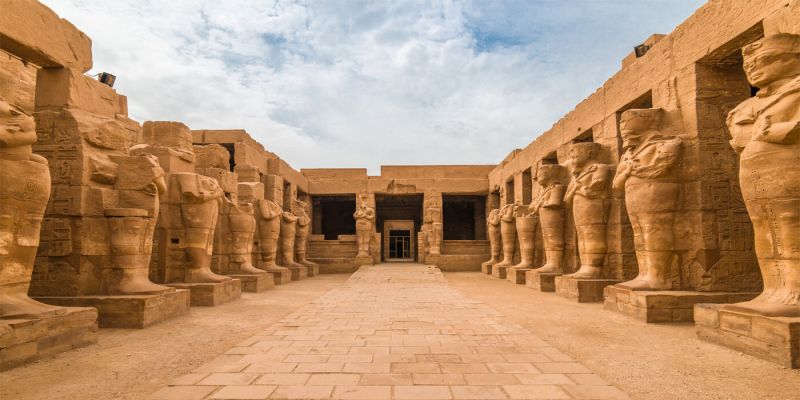
The visitors often understood the complex as being the Precinct of Amun-Ra only, because this is the part which is most visited. There are three other parts which are closed to the public: the Precinct of Mut, the Precinct of Montu, and the Temple of Amenhotep IV.
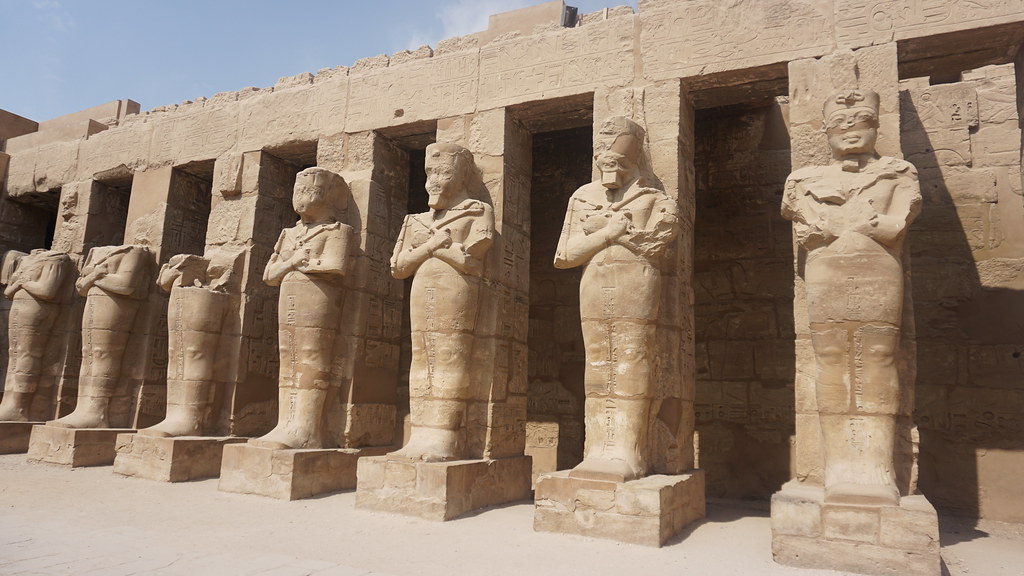
One of the most interesting parts of the complex is the Hypostyle Hall in the Precinct of Amun-Ra. It is a hall area of 50, 000 sq ft with 134 massive columns arranged in 16 rows. The architraves on top of these columns are estimated to weigh 70 tons.
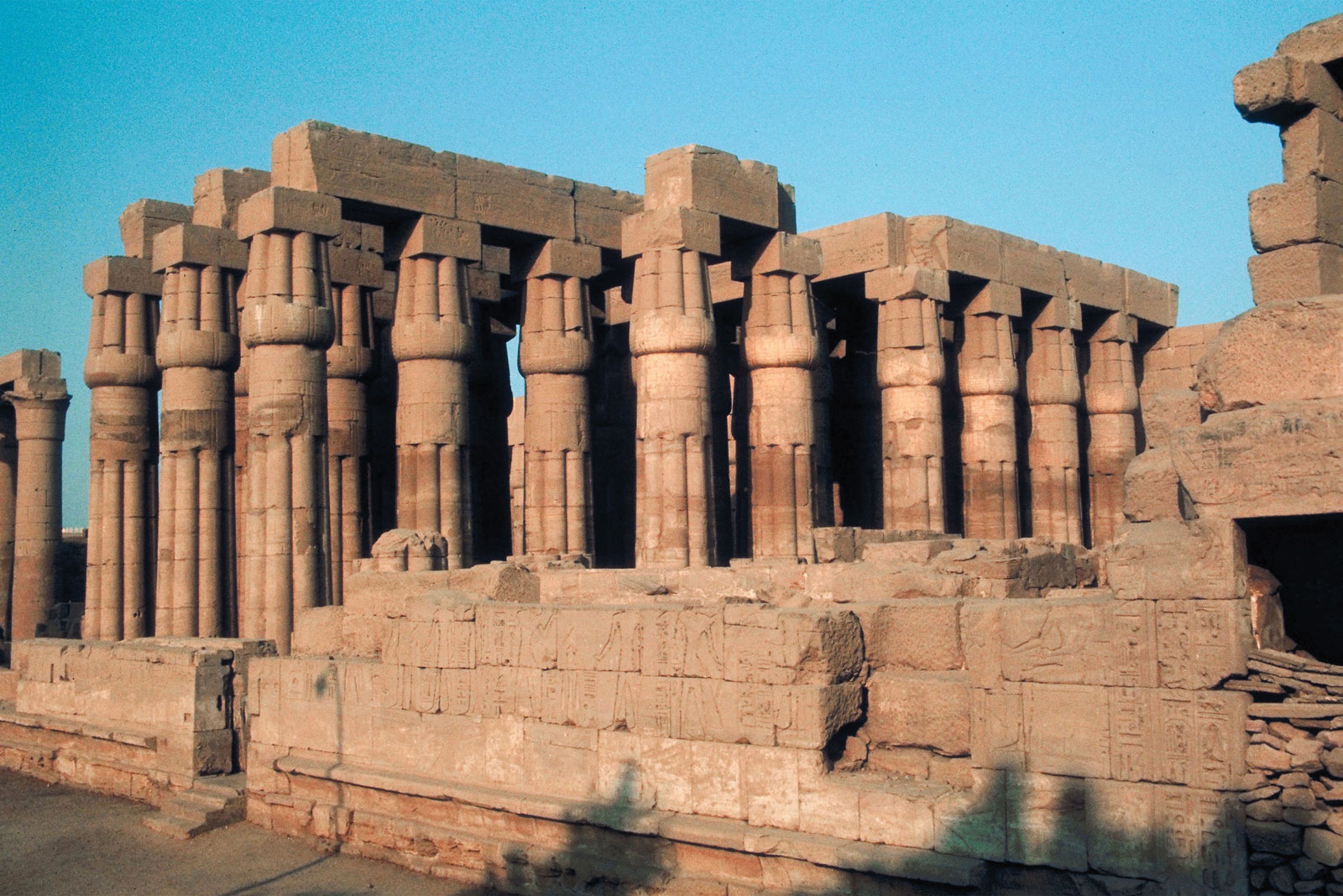
According to Marija Georgievska. Source: thevintagenews.com











